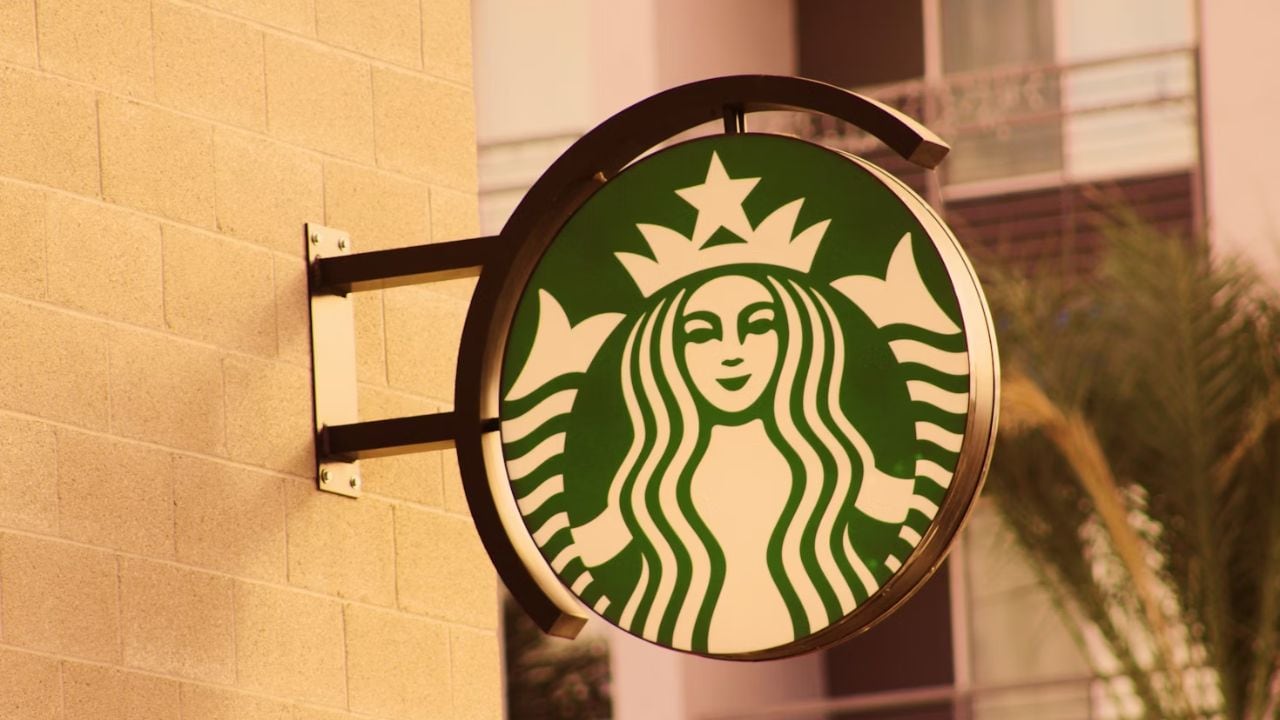As Starbucks seeks to refocus its identity and standardize the customer experience, it is rolling out a new dress code that tightens what baristas can wear under their signature green aprons. Starting May 12, employees must wear solid black shirts, either collared or collarless, and khaki, black or blue denim bottoms, the company announced in a memo Monday.
To ease the transition, Starbucks is giving each employee two free black T-shirts.
The company says the move is aimed at enhancing brand consistency and helping customers instantly recognize the familiar “coffeehouse vibe.” “By updating our dress code, we can deliver a more consistent coffeehouse experience… so [partners] can focus on crafting great beverages and fostering connections,” Starbucks stated.
But for many baristas, the policy shift feels more like a top-down imposition than a collaborative improvement. Starbucks Workers United, which represents employees at more than 550 unionized locations, has pushed back, stating the company unilaterally announced the change despite ongoing bargaining talks around dress code policy.
The backlash comes amid broader tensions between Starbucks corporate and its growing unionized workforce. While the company claims the new rules aim to simplify guidance for employees, critics argue it rolls back the self-expression freedoms introduced in 2016, when Starbucks had expanded clothing color options, and again in 2019, when it permitted facial piercings.
The new policy still allows for one small facial piercing, but gone are the grays, browns, and patterned shirts that once symbolized a more flexible and inclusive work culture.
